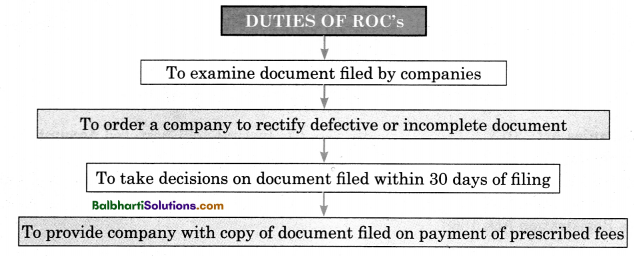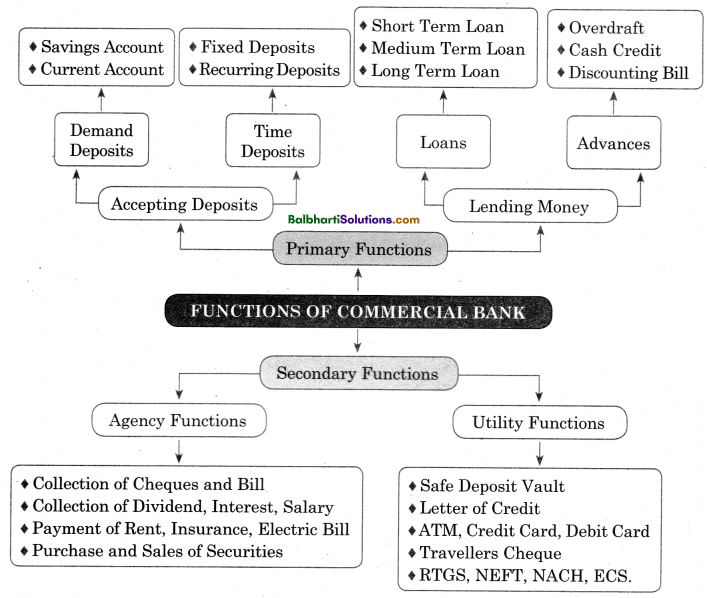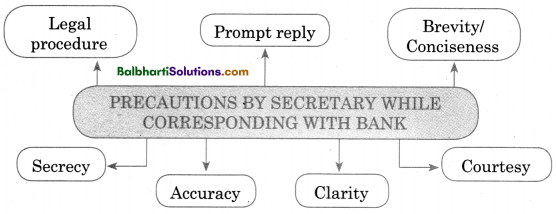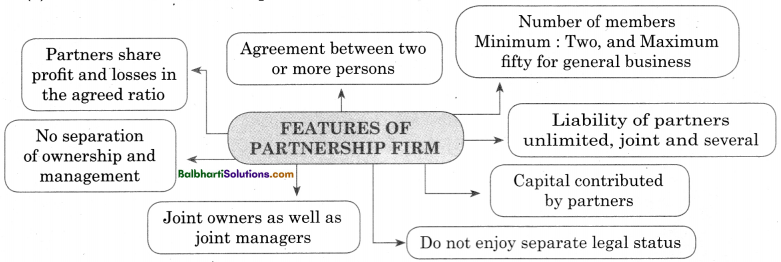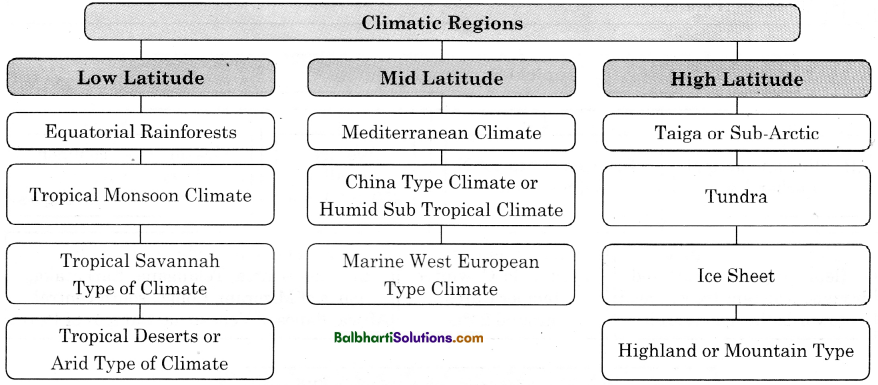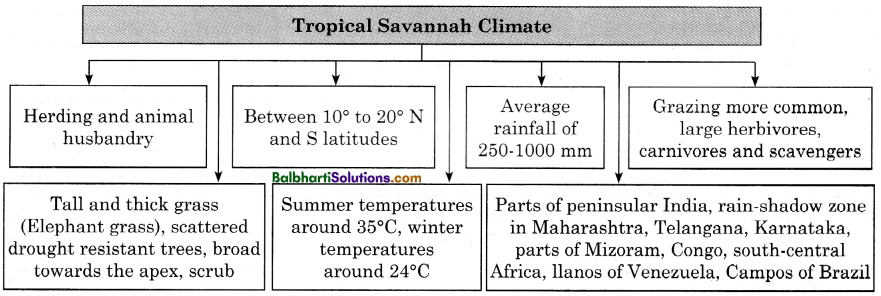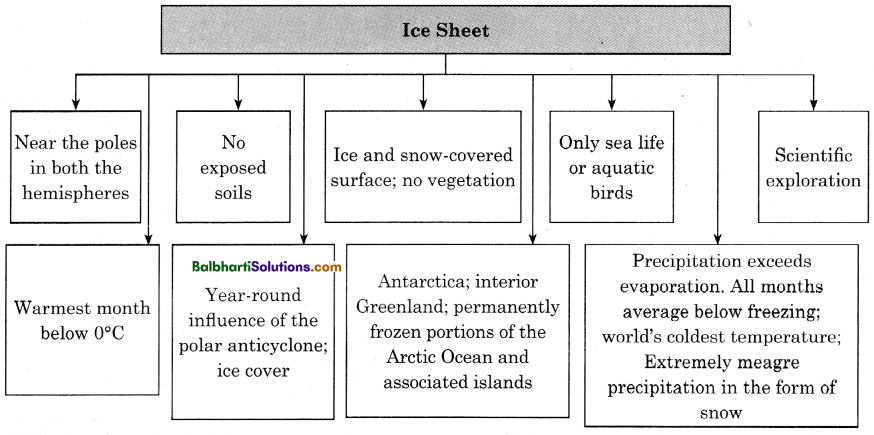By going through these Maharashtra State Board Secretarial Practice 11th Commerce Notes Chapter 4 Documents Related to Formation of a Company students can recall all the concepts quickly.
Maharashtra State Board Class 11 Secretarial Practice Notes Chapter 4 Documents Related to Formation of a Company
Documents Required For Incorporation Of A Company-
- Memorandum of Association
- Articles of Association
1. Memorandum of Association:
Definition : “MOA of a company as originally framed or as altered from time to time in pursuance of any provision of any previous Company Law or of this Act.”
(Section 2 (56) — Companies Act, 2013)
Meaning :
- Primary document of a company states its aims and objectives
- Describes relationship between the company and outsiders
- Prepared by the promoters
Signed by:
- 7 persons – Public Company,
- 2 persons – Private Company
- 1 person – One Person Company
Clauses :
- Name Clause
- Address Clause
- Object Clause
- Liability Clause
- Capital Clause
- Association Clause
2. Articles of Association:
Definition : “Articles of Association as originally framed or as altered from time to time in pursuance of any previous Company Law or of this Act.”
(Section 2 (56) — Companies Act, 2013)
Meaning :
- Subordinate document to MOA
- It is like Bye-laws of the company
- Describes powers, rights and duties of Board of Directors
- Describes relationship between the company and its members and also between members.
Contains :
Rules and regulation for internal management of the Company
![]()
Clauses of MOA-
- Name Clause
- Subscription Clause
- Address Clause
- Capital Clause
- Liability Clause
- Object Clause

→ Any Act done beyond the power of MOA is called as “Ultra-Vires” i.e. invalid.
Entrenchment of Articles:
Articles (Provisions) which cannot be altered by passing only a special resolution is called Entrenchment of Articles. It requires 9/10th of the majority to alter the provision.
Doctrine of Indoor Management:
It protects the interest of the outsiders, who enters into contract assuming that the company follows all procedures as per MOA and AOA.
Prospectus:

![]()
Contents of Prospectus-
1. Declaration by Company:
Stating-
- all provisions of Companies Act, 2013 is complied
- it does not contain anything contrary to provisions of Companies Act, 2013, Securities Contracts Act, 1956 and SEBI Act, 1992
2. Statement of an Expert:
Statement by –
Company Secretary, Chartered Accountant, Cost Accountant, Valuer,Engineer, etc.
3. Information and Reports:
- name of the issuing company
- registered office address
- number and price of share
- lead merchant banker
- registrar to the issue
- date of opening and closing of issue, etc.
Statutory Requirements For Prospectus-
- Drafting prospectus with SEBI and making available to the Public and Stock Exchange
- Signed by all Directors or authorized attorney
- Registration of Prospectus with ROC
- Issuing prospectus to Public within 90 days from the date of registration
- Dating of Prospectus

→ Mis-statement in Prospectus means untrue or misleading information given in the prospectus.
Liability In Case of Mis-Statement in Prospectus –
- Civil n Liability:
To pay compensation for loss suffered by investor - Criminal Liability:
Company or its officers to be fined or imprisoned or both
Word Meaning:
distinction – difference; altered – changed; pursuance – effect of; privileges – benefits; subscriber – member; ultra-vires – act done beyond the legal power; distinct – well defined in existence; constitute – found; emblems – symbol; resemble – same / similar; incorporation – the process of registering a company; domicile – location; immoral – dishonest; contravention – violation / against; incidental – happening by chance; consequential – resulting / thereafter; null and void – not legally considered to be existed; injunction – order; doctrine – set of beliefs; contractual – legal agreement between company and member; authorised – permitted; desirous – intention / need; subordinate – secondary / next to; establishes – builds; arbitration – to settle disputes by negotiation; indemnity – protection; entrenched – unlike to change; elaborate – detailed; accordance – following; proceedings – course of action / steps; disclosures – declaration; abridged – short writing material; prospectus – a printed booklet giving information about company; attorney – legal practitioner; imprisonment – behind the bars / jailed; furtherance – assisting /assistance; mis-statements – wrong information / words; red



